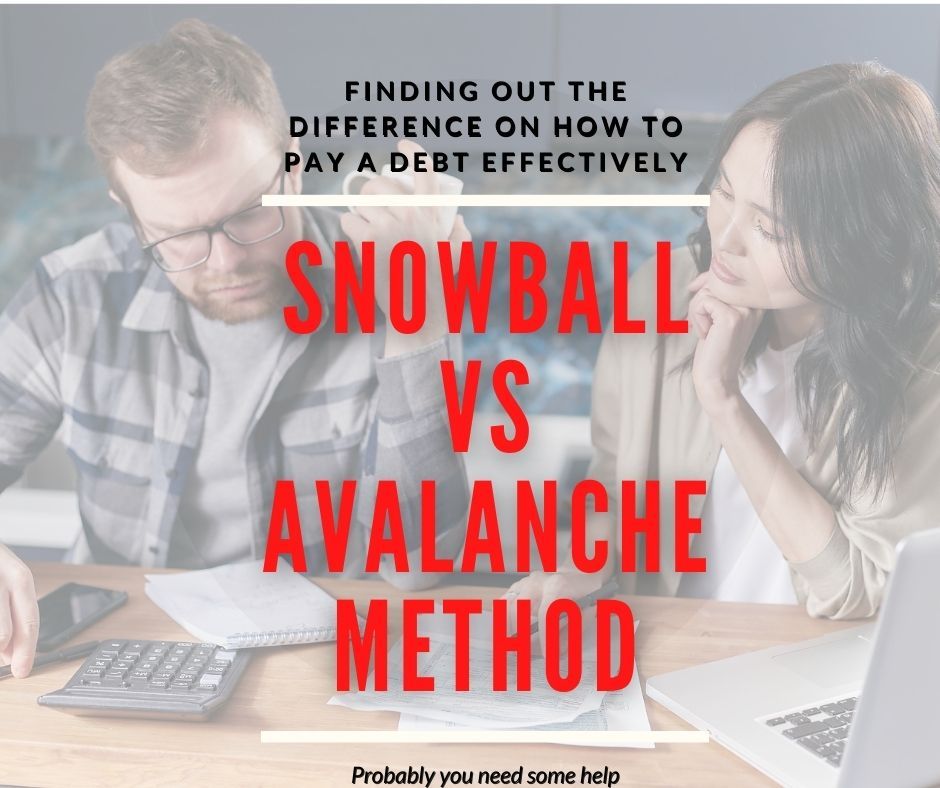As a consumer, it’s important to be aware of the tactics employed by credit card companies that can keep you trapped in a cycle of debt. These financial institutions have mastered the art of maximizing their profits, often at the expense of the cardholders. In this article, we will reveal five sneaky ways credit card companies keep you in debt and provide you with valuable insights to help you break free from their clutches.
Table of Contents
Exorbitant Interest Rates
Minimum Payment Trap
Hidden Fees and Fine Print
Tempting Reward Programs
Aggressive Marketing Tactics
Breaking Free from the Cycle
Conclusion
FAQs
Table of Contents
Toggle1. Exorbitant Interest Rates
One of the most effective ways credit card companies keep you in debt is through exorbitant interest rates. While these rates may initially seem manageable, they can quickly accumulate, especially if you carry a balance from month to month. The compounding interest can make it challenging to pay off your debt, as a significant portion of your monthly payments goes toward interest charges rather than reducing the principal amount. That is why you should pay what you use every month so that there will not be any interest on it.
2. Minimum Payment Trap
Credit card companies often entice customers with the option of making minimum payments on their balances. While this may appear convenient, it’s actually a clever ploy to keep you in debt for longer periods. By encouraging minimum payments, these companies extend the repayment period, allowing interest charges to accrue over time. Consequently, you end up paying much more in interest and remain indebted for an extended duration.
3. Hidden Fees and Fine Print
Credit card agreements are notorious for their lengthy terms and conditions filled with fine print. This deliberate tactic makes it difficult for cardholders to fully understand the terms they are agreeing to. Credit card companies bury additional fees, such as annual fees, late payment fees, and balance transfer fees, within this complex language. By capitalizing on consumers’ lack of awareness, they maximize their revenue and make it harder for individuals to stay debt-free.
4. Tempting Reward Programs
Credit card reward programs can be enticing, offering perks such as cashback, travel miles, or discounts. However, these programs are often designed to encourage excessive spending and further reliance on credit. Cardholders may overspend to reach reward thresholds or fail to pay off their balances in full, negating any benefits received. The allure of rewards can lead to impulsive purchases and unnecessary debt, ultimately benefiting the credit card companies more than the consumers.
5. Aggressive Marketing Tactics
Credit card companies invest heavily in marketing strategies to attract new customers. In your malls, emails or even calls, they try to get you. Because the return on investment which they just did is more than what they are spending, else why would a business spend that much in advertisement. They create enticing advertisements and promotional offers, often targeting vulnerable individuals who may already be struggling with debt. These aggressive marketing tactics exploit people’s financial vulnerabilities and entice them to take on more credit, ultimately increasing their chances of remaining in debt.
Breaking Free from the Cycle
Now that you are aware of the sneaky ways credit card companies keep you in debt, it’s crucial to take proactive steps to break free from this cycle. Here are some tips to help you regain control of your finances:
1. Pay More than the Minimum
To combat the compounding interest, make an effort to pay more than the minimum amount due each month. By allocating extra funds towards your debt, you can accelerate the repayment process and save on interest charges in the long run.
2. Read and Understand the Terms
Before signing up for a credit card, thoroughly read and understand the terms and conditions. Pay close attention to interest rates, fees, and penalty charges. Being informed will help you make better financial decisions and avoid unnecessary debt.
3. Create a Budget and Stick to It
Developing a realistic budget is essential for managing your finances effectively. Track your income and expenses, prioritize debt repayment, and limit discretionary spending. By following a budget, you can allocate funds towards paying off your credit card debt and prevent it from spiraling out of control.
4. Consider Debt Consolidation
If you have multiple credit cards with high-interest rates, debt consolidation may be a viable option. Consolidating your debt into a single loan with a lower interest rate can simplify your payments and potentially save you money in the long term.
5. Seek Professional Help
If you find yourself overwhelmed by debt, don’t hesitate to seek professional assistance. Credit counseling agencies and financial advisors can provide guidance tailored to your specific situation. They can help you develop a personalized plan to pay off your debts and regain your financial freedom.
Conclusion
Credit card companies employ various tactics to keep consumers trapped in debt. By understanding these sneaky ways, you can take proactive measures to break free from their clutches. Paying more than the minimum, reading and understanding the terms, creating a budget, considering debt consolidation, and seeking professional help are crucial steps toward regaining control over your financial well-being and escaping the cycle of credit card debt.
FAQs
1. How can I avoid getting trapped in credit card debt?
By paying more than the minimum amount due, reading and understanding the terms and conditions, creating a budget, considering debt consolidation, and seeking professional help if needed.
2. Are credit card rewards worth it?
Credit card rewards can be tempting, but they often encourage excessive spending and can lead to unnecessary debt. It’s important to evaluate the costs and benefits before participating in reward programs.
3. What should I do if I’m struggling with credit card debt?
If you’re struggling with credit card debt, consider seeking assistance from credit counselling agencies or financial advisors. They can help you develop a personalized plan to manage and pay off your debts.
4. How can I break the cycle of minimum payments?
To break the cycle of minimum payments, allocate extra funds toward your debt each month. By paying more than the minimum amount due, you can accelerate the repayment process and save on interest charges.
5. Is debt consolidation a good option for managing credit card debt?
Debt consolidation can be a beneficial option if you have multiple credit cards with high-interest rates. Consolidating your debt into a single loan with a lower interest rate can simplify your payments and potentially save you money in the long term.
In conclusion, credit card companies employ sneaky tactics to keep consumers in debt. However, by being aware of these strategies and implementing proactive measures, you can take control of your financial situation and break free from the cycle of credit card debt. Remember to stay informed, make responsible financial decisions, and seek help when needed to ensure a debt-free future.




